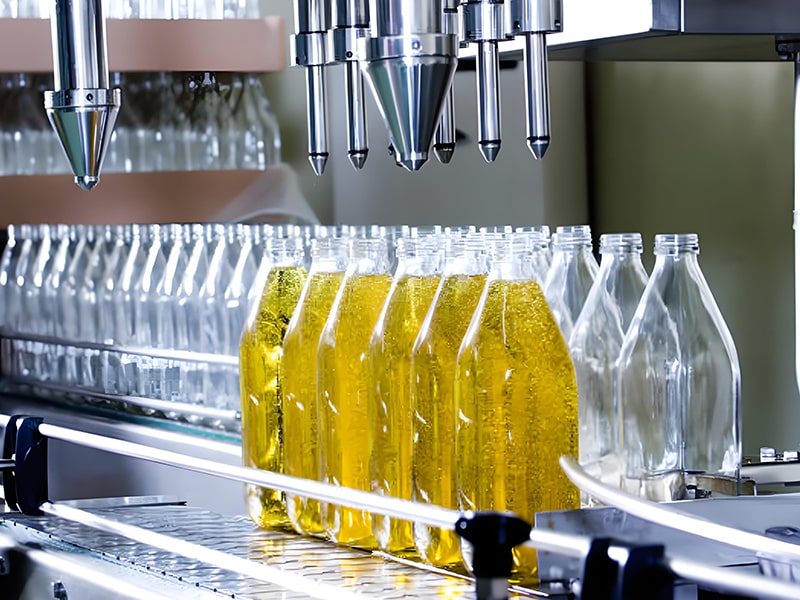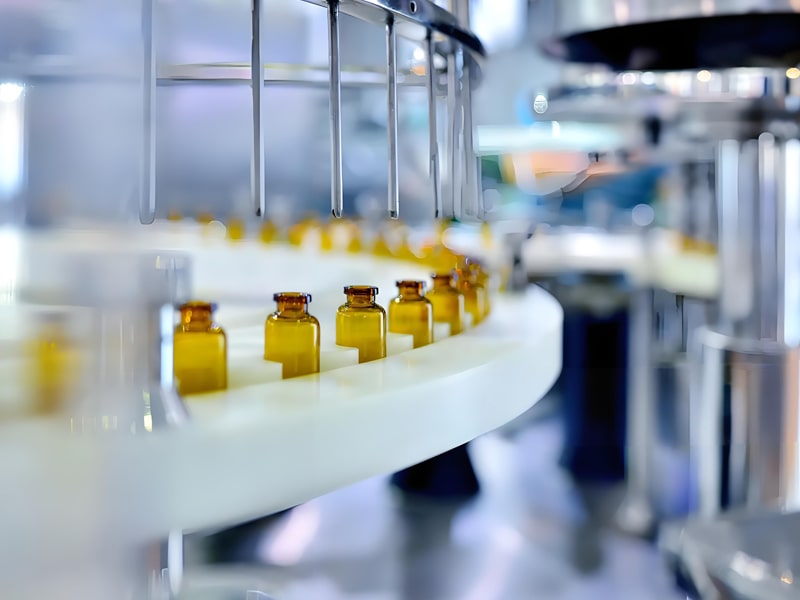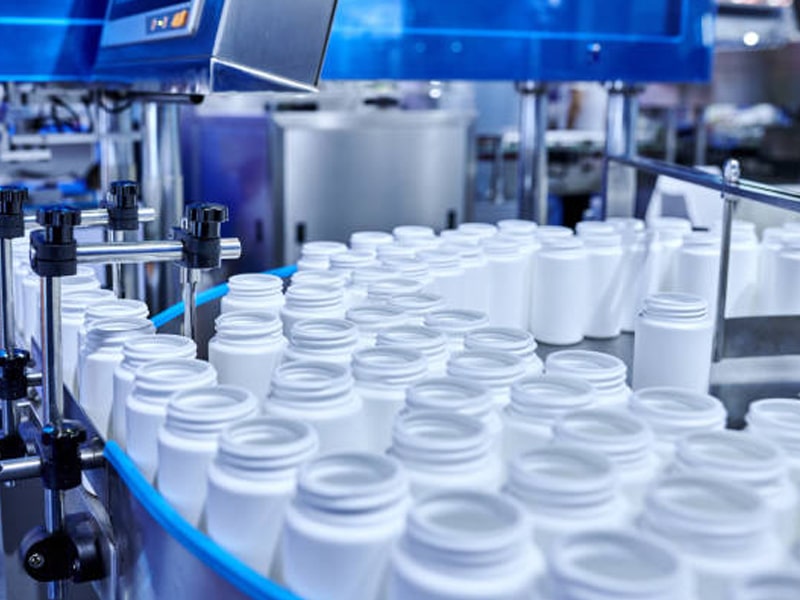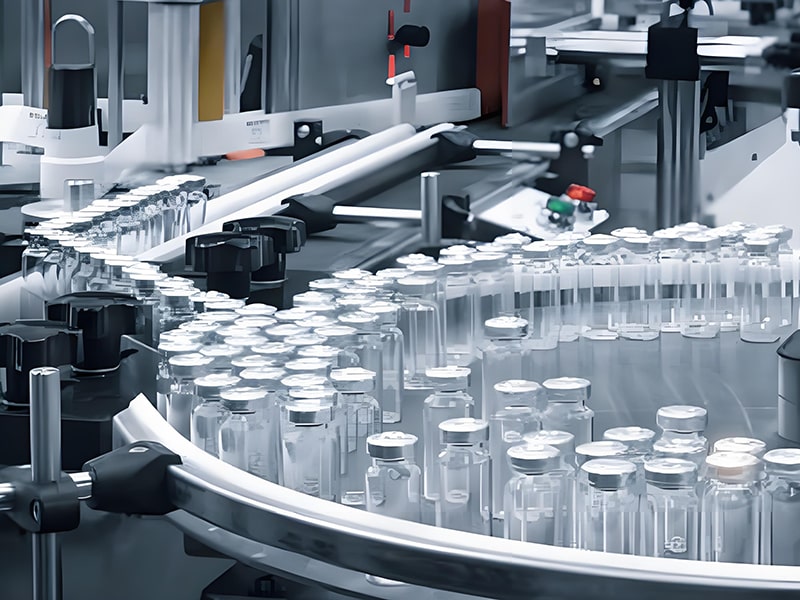In today’s dynamic manufacturing landscape, the efficient and accurate filling of liquid products is paramount for businesses across a multitude of sectors, from food and beverage to pharmaceuticals and cosmetics. Successfully meeting market demands requires a deep understanding of liquid product filling processes and the advanced systems that make them possible. This article delves into the fundamentals of liquid product filling, exploring the core principles behind these systems, outlining their key components, and offering insights into choosing the right filling equipment for your specific needs. This comprehensive overview will provide a valuable foundation for anyone involved in the manufacturing, packaging, or procurement of liquid filling solutions.
Understanding Liquid Product Filling
Liquid product filling is the process of transferring a liquid product from a bulk source into individual containers, such as bottles, cans, or pouches. This process is essential for packaging and preparing products for distribution and consumption. The efficiency and accuracy of this process can significantly impact the overall production cost, product quality, and consumer satisfaction.

The Importance of Efficient Liquid Product Filling
The process of precisely and consistently filling liquid products into their containers is far from simple. It requires a delicate balance of speed, accuracy, and hygiene. Inefficient filling processes can lead to a cascade of negative consequences, including:
Product Waste: Overfilling leads to direct product loss, impacting profitability.
Inconsistent Fill Levels: Variations in fill levels damage brand perception and potentially lead to legal issues regarding misrepresented quantities.
Contamination: Improper sealing or unsanitary equipment can contaminate products, posing serious health risks and resulting in costly recalls.
Slow Production Speeds: Bottlenecks in the filling process can significantly reduce overall production output, hindering the ability to meet market demands.
Increased Labor Costs: Manual or semi-automatic filling processes are labor-intensive, increasing operational expenses.
Therefore, investing in advanced and well-maintained filling equipment is crucial for optimizing production efficiency, minimizing waste, ensuring product integrity, and ultimately, bolstering profitability.
Fundamentals of Liquid Product Filling: Core Principles
At its core, liquid product filling relies on fundamental principles of physics and engineering. Understanding these principles is essential for selecting the right equipment and optimizing its performance. Here are some key concepts:
Volume vs. Level Filling: The two primary methods of liquid filling are based on controlling either the volume or the level of the liquid in the container. Volume filling dispenses a precise amount of liquid, while level filling aims for a consistent fill height, regardless of minor variations in container volume. Volume filling is generally preferred for products sold by weight or volume, while level filling is often chosen for aesthetic purposes, ensuring a uniform appearance on the shelf.
Gravity Filling: This is one of the simplest and most cost-effective methods. Liquid flows into the container by gravity from an overhead tank. Gravity filling is suitable for free-flowing, low-viscosity liquids.
Pressure Filling: This method uses pressurized air or gas to force liquid into the container. It is effective for filling viscous or foamy liquids and is often used for carbonated beverages.
Vacuum Filling: This technique employs a vacuum to draw liquid into the container, eliminating air pockets and preventing product degradation. It is particularly well-suited for fragile or oxygen-sensitive liquids.
Piston Filling: Piston fillers use a piston and cylinder mechanism to draw liquid into the cylinder and then dispense it into the container. They are known for their high accuracy and are suitable for a wide range of liquid viscosities.
Pump Filling: Various pump types, such as rotary lobe, gear, or centrifugal pumps, can be used to deliver liquid to the filling heads. Pump filling offers versatility and is often used for high-volume applications.
Net Weight Filling: This sophisticated method weighs the container before and after filling, ensuring precise fill quantities based on weight rather than volume. It is ideal for high-value products where accuracy is paramount.
Components of Advanced Liquid Product Filling Systems
Modern liquid product filling systems are complex and integrated machines composed of numerous components working in harmony. Understanding the function of each component is vital for maintenance, troubleshooting, and system optimization. Key components include:
Infeed System: The infeed system is responsible for delivering empty containers to the filling machine. It can include conveyors, unscramblers, and orienters. Efficient infeed ensures a continuous supply of containers without bottlenecks.
Filling Heads: These are the core of the filling system, responsible for dispensing the liquid into the containers. The number and type of filling heads determine the machine’s filling speed and accuracy. Different types of filling heads are designed for specific liquid types and filling methods.
Nozzles: The nozzles are the final point of contact between the filling head and the container. They are designed to deliver the liquid smoothly and accurately, minimizing splashing and foaming. Nozzle design is crucial for preventing product contamination and ensuring clean fills.
Pumps & Valves: Pumps are used to transfer liquid from the supply tank to the filling heads. Valves control the flow of liquid and ensure precise dispensing. The type of pump and valve used depends on the liquid’s viscosity, pressure requirements, and desired filling speed.
Control System: The control system is the “brain” of the filling machine. It monitors and controls all aspects of the filling process, including filling speed, fill volume, and machine safety. Modern control systems often incorporate programmable logic controllers (PLCs) and human-machine interfaces (HMIs) for easy operation and data logging.
Sensors & Feedback Mechanisms: Sensors monitor various parameters, such as container presence, fill level, and machine speed. Feedback mechanisms are used to adjust the filling process based on sensor data, ensuring consistent and accurate fills.
Capping & Sealing Systems: After filling, containers need to be capped or sealed to prevent leakage and maintain product integrity. Capping machines can apply various types of closures, such as screw caps, snap caps, and crimp caps. Sealing machines create an airtight seal between the container and the closure.
Labeling Systems: Labeling systems apply labels to the filled containers, providing product information, branding, and regulatory compliance details.
Discharge System: The discharge system removes filled and labeled containers from the filling machine, typically using conveyors to transfer them to subsequent packaging stages.
Cleaning-In-Place (CIP) System: Maintaining hygiene is paramount in liquid product filling. CIP systems automatically clean and sanitize the filling machine without requiring disassembly, reducing downtime and minimizing the risk of contamination.
 |
| XBCZ-4/6/8-head automatic weighing liquid filling/capping/sealing production line |
Choosing the Right Filling Equipment: Factors to Consider
Selecting the appropriate filling equipment is a critical decision that impacts your production efficiency, product quality, and overall profitability. Several factors should be carefully considered:
1. Product Characteristics:
The properties of the liquid product play a significant role in determining the type of filling equipment to be used. Key product characteristics to consider include:
● Viscosity: Thicker, more viscous liquids may require different types of pumps and filling nozzles than thin, watery liquids.
● Flowability: Some liquids may be prone to foaming or splashing, which can affect the filling process.
● Temperature Sensitivity: Some liquids may require heating or cooling during the filling process to maintain their consistency and stability.
● Sanitation Requirements: For certain products, such as food and pharmaceuticals, the filling equipment must meet stringent sanitation standards.
2.Container Type and Size:
The type of container being used also influences the choice of filling equipment. Different containers have different neck sizes, shapes, and closure requirements, which must be accommodated by the filling machine.
● Bottles: Glass or plastic bottles are common containers for liquids. They may have screw-top, snap-on, or cork closures.
● Cans: Metal cans are often used for beverages and other liquids. They typically require specialized filling and sealing equipment.
● Pouches: Flexible pouches are becoming increasingly popular for single-serve portions of liquids. They require specific filling and sealing technologies.
 |
 |
 |
3. Production Volume:
The scale of production is another important factor in selecting filling equipment. High-volume production lines require filling machines that can operate at high speeds and handle large quantities of product efficiently.
● Small-Scale Production: For small batch sizes or low-volume production, simpler, more compact filling machines may be appropriate.
● Large-Scale Production: For high-volume applications, automated filling systems with advanced controls and high-speed capabilities are necessary.
4. Cost and Budget
The cost of the filling equipment is a critical consideration for most manufacturers. While advanced filling systems offer many benefits, they can also be expensive. It’s important to evaluate the total cost of ownership, including initial purchase price, maintenance costs, and operating expenses.
● Initial Investment: The upfront cost of purchasing and installing the filling equipment.
● Maintenance Costs: The cost of parts, labor, and downtime for routine maintenance and repairs.
● Operating Costs: The cost of energy, consumables, and labor required to operate the equipment.
5.Accuracy Requirements:
The required filling accuracy will influence the choice of filling method and the precision of the control system.
6.Sanitary Requirements:
Industries such as food and beverage, pharmaceuticals, and cosmetics have stringent sanitary requirements. Choose equipment that is designed for easy cleaning and sterilization.
7.Maintenance and Service:
Evaluate the availability of spare parts and service support for the chosen equipment.
8.Automation Level:
Determine the desired level of automation, considering factors such as labor costs and production flexibility.
Maintenance and Optimization of Filling Equipment
To ensure optimal performance and longevity of filling equipment, regular maintenance and optimization are essential. Here are some best practices for maintaining and optimizing filling systems:
1. Regular Maintenance
● Daily Inspections: Perform daily visual inspections of the filling machine and its components to identify any signs of wear or malfunction.
● Cleaning and Sanitation: Regularly clean and sanitize the filling machine and its components to prevent contamination and bacterial growth.
● Lubrication: Lubricate moving parts according to the manufacturer’s recommendations to reduce wear and tear.
● Filter Replacement: Replace filters in the product supply system regularly to prevent particulate matter from entering the filling machine.
2. Performance Monitoring
● Production Speed: Monitor the production speed to ensure that it is operating at the desired rate.
● Fill Accuracy: Regularly check the fill accuracy to ensure that containers are being filled to the correct volume.
● Downtime Tracking: Track downtime incidents to identify recurring issues and implement corrective actions.
3. Operator Training
● Comprehensive Training: Provide operators with comprehensive training on the operation, maintenance, and troubleshooting of the filling machine.
● Standard Operating Procedures (SOPs): Develop and follow SOPs for routine maintenance, startups, and shutdowns.
● Continuous Improvement: Encourage operators to identify areas for improvement and implement changes to optimize the filling process.
4. Upgrades and Retrofits
● Technology Upgrades: Stay up-to-date with the latest advancements in filling technology and consider upgrading components or entire systems to improve performance.
● Customization: Work with equipment manufacturers to customize the filling machine to meet specific production needs.
● Integration: Integrate the filling machine with other production systems, such as packaging lines and warehouse management systems, to create a seamless production workflow.
The Future of Liquid Product Filling
As technology continues to evolve, the future of liquid product filling is likely to be shaped by several emerging trends. Some of these trends include:
1. Automation and Robotics
Automation is already playing a significant role in modern filling systems, but the future is expected to see even greater levels of automation. Robotic systems will become more prevalent, taking over tasks such as container handling, capping, and quality inspection. These systems will be equipped with advanced sensors and AI algorithms to perform tasks with greater precision and speed.
2. Smart Manufacturing and Industry 4.0
The concept of Industry 4.0, which emphasizes the integration of cyber-physical systems, big data, and the Internet of Things (IoT), is transforming the manufacturing landscape. In the context of liquid filling, this means that filling machines will be connected to a network that allows for real-time data exchange, predictive maintenance, and optimized production planning.
3. Sustainability and Eco-Friendliness
As concern for the environment grows, manufacturers are under increasing pressure to adopt sustainable practices. In the area of liquid filling, this may involve the development of eco-friendly packaging solutions, energy-efficient filling systems, and waste reduction strategies.
4. Customization and Flexibility
Consumers are increasingly demanding personalized products, which is driving the need for greater flexibility in production lines. Future filling systems are likely to be more modular and adaptable, allowing manufacturers to quickly switch between different products, container types, and production speeds.
5. Regulatory Compliance and Traceability
Regulatory requirements are becoming stricter, particularly in industries such as food, beverages, and pharmaceuticals. Future filling systems will need to incorporate advanced traceability features, such as serialization and batch tracking, to meet these regulations and ensure product safety.
Conclusion
Mastering the fundamentals of liquid product filling is essential for any manufacturer looking to optimize their production processes and deliver high-quality products. By understanding the core principles, identifying the key components of advanced filling systems, and carefully considering the factors involved in equipment selection, businesses can make informed decisions that drive efficiency, reduce waste, and ensure product integrity. Investing in the right filling equipment is an investment in the future, enabling manufacturers to meet the evolving demands of the market and maintain a competitive edge. Furthermore, partnering with reputable manufacturers like SFXB, who offer comprehensive solutions and expertise, can provide the necessary support to achieve optimal filling performance. Consider exploring the range of solutions at https://www.xuebapack.com/ to discover how advanced filling technology can revolutionize your liquid product filling operations.
| References: | |
| 1. | 《Global Liquid Filling Equipment Market Report 2025》(Market Research Future)Retrieved from: MRFR Report |
| 2. | 《Impact of Industry 4.0 on Packaging Lines》(Deloitte, 2024) Retrieved from: Deloitte Insights |
| 3. | 《Filling Machines Market Size & Share Analysis Report, 2030》 Retrieved from: Grand View Research |
| 4. | 《World Packaging Organization (WPO) Sustainability》 |






Comments